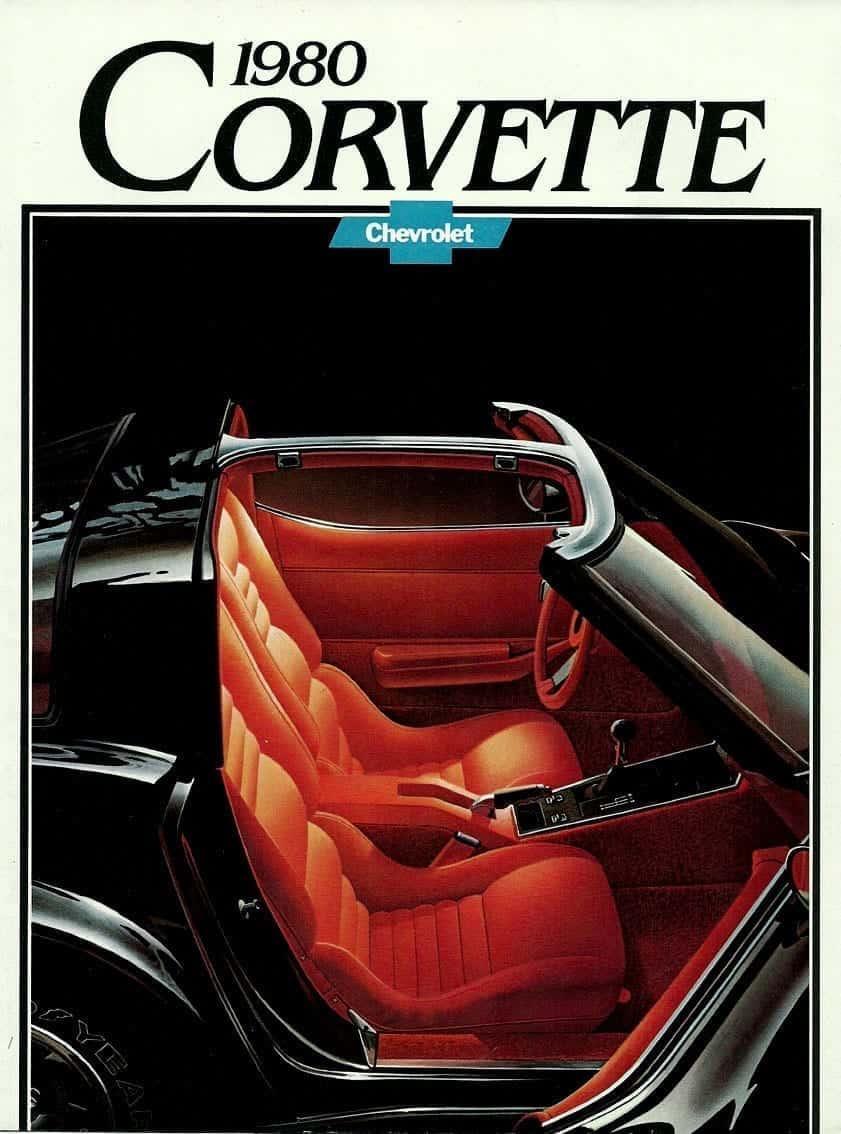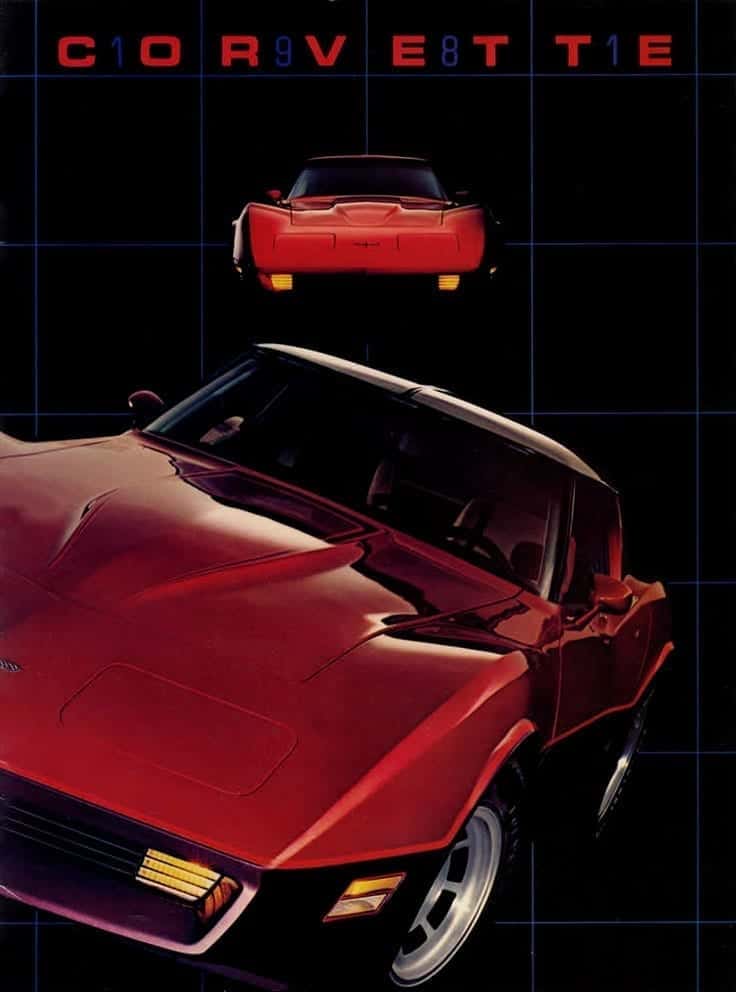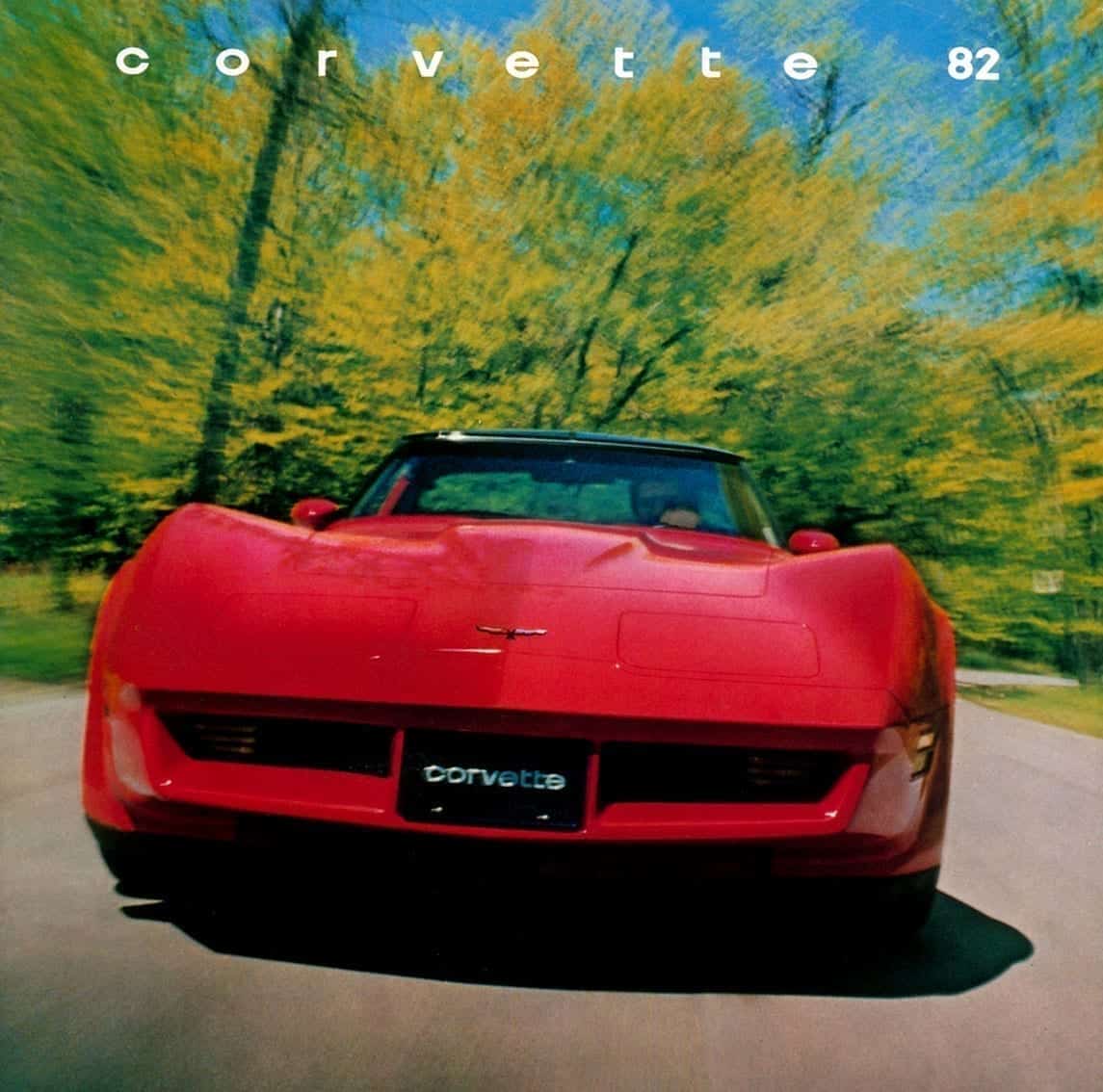THE FINAL YEARS OF THE THIRD GENERATION CORVETTES
If you have been following our C3 Series here at Hobby Car Corvettes, you know that earlier this week we released our post on the final year, the 1982 Corvette. But we aren’t quite ready to stop talking third generation Corvettes. So in this post, we’re going to summarize the key points of the final 3 years; 1980, 1981, and 1982.
THE 1980 CORVETTE
One of the most notable changes in the 1980 Corvette was the removal of 250 pounds from the design, in efforts to improve fuel efficiency to meet federal mandates. They did this by utilizing lighter materials, using more aluminum and far less chrome. They also made efforts to reduce drag by raking back the front grill, and reshaping the front and rear spoilers to be an integral part of the body work.
This year, the Corvette emblem was redesigned to have longer flags. The 1980 Corvette hood was designed to have a lower profile with new cornering and taillights.
In regards to mechanics this year, due to changes for fuel efficiency, the overall classic Corvette power dipped slightly in some regards, but slightly improved in others. The base L48 engine lost 5 hp, dropping it from 195 hp to 190 hp. On the flip side, the L82 benefitted from the changes, jumping from 225 hp to 230 hp.
THE 1981 CORVETTE
1981 was an exciting year for Corvette, as this was the year Chevrolet moved the production of Corvettes to the fancy new facility in Bowling Green, Kentucky. While the transition was under way, Corvettes were simultaneously produced in two locations for the first time in history. Bowling Green is where you will find the National Corvette Museum today, and we highly recommend a visit! We more than enjoyed ours.
The interior of the 1981 model saw the most notable changes. A modernized dashboard offered new user-friendly features. Some features added included a standard Quartz clock and electronic tuning for all factory radios. Another new option would be a six-way power driver’s seat. This introduced the ability to recline.
While the exterior remained virtually unchanged, one notable option this year was the variety of two-tone paint jobs. This was made possible by, and emphasized to showcase, the high-tech capabilities of the new Bowling Green Corvette plant.
The biggest mechanical change was the limit of engine options. And when we say limit, we mean it. There was only one engine option. As regulations and standards continued to tighten, Chevrolet knew they would never give up the Corvette, but they accepted that they would have to put in the work to improve its fuel compliance rating. The effort made to do this resulted in a single, reworked engine designated as L81, while the previous L48 and L82 350 ci engines were retired.
The 1981 engine option was a 350 ci V-8, rated at 190 hp. The new L81 engine featured magnesium valve covers, a stainless steel exhaust manifold, and an auxiliary electric cooling fan that worked in conjunction with a smaller, engine driven cooling fan, which aided in noise reduction.
THE 1982 CORVETTE
1982 was a big year for Corvette, in that it was the final year for the third generation. With the move to the new facility, rumors circulating, and Corvette enthusiasts growing anxious for the next big move, Chevrolet saw this as the perfect time to make the move into the fourth generation.
They also saw this as a great opportunity to test run some engine changes intended for the fourth generation. The new engine 1982 revealed was a classic 350 cubic inch V-8, though it was now equipped with a newly developed twin throttle-body fuel-injection system instead of a carburetor. It featured an injector unit within a carburetor-like throttle body for each cylinder bank, while a crossover intake manifold fed the air/fuel mixture to the bank on its opposite side.
This new and improved process sped up mixture velocity, increasing thermal efficiency and power, while simultaneously reducing emissions. The engine changes, in combination with improved Computer Command Control (CCC), resulted in a system titled Cross Fire Injection. This system was successful in boosting power, though slight, while also reducing emissions. This can be a tough task, as the two areas tend to contribute to the other’s setback as they strive to improve. More power often means more emissions, and reduced emissions, typically means reduced power.
While the basic 1982 Corvette offered very few aesthetic changes, as they were saving those for the C4 Corvettes, Chevrolet did release a commemorative “Collector’s Edition” model. The Collector’s Edition model was the first to feature a rear lifting glass hatchback. On the outside, the Corvette featured cloisonne emblems. Included was a special crossed-flag emblem on the front and rear that read “Corvette Collector Edition”. The color of the Corvette was a special silver-beige metallic paint with a graduated shadow-like contrast striping on the hood, fenders, and doors. The T-tops were made of bronze tinted glass. The wheels stood out, made of alloy and designed to appear as a finned “turbine”.
The elevated aesthetic features unique to the 1982 Collector Edition flowed seamlessly to the interior, where you find a silver-beige leather upholstery and door trim that matched the car’s exterior paint. Even the car floor was upgraded to match the rest of the car, with a luxury high-end and color-matched carpet.
If you would like to learn more about the 1980 Corvette, 1981 Corvette, or the 1982 Corvette, please visit their specific posts where we dedicate a whole article to each in our C3 Vette Series.













